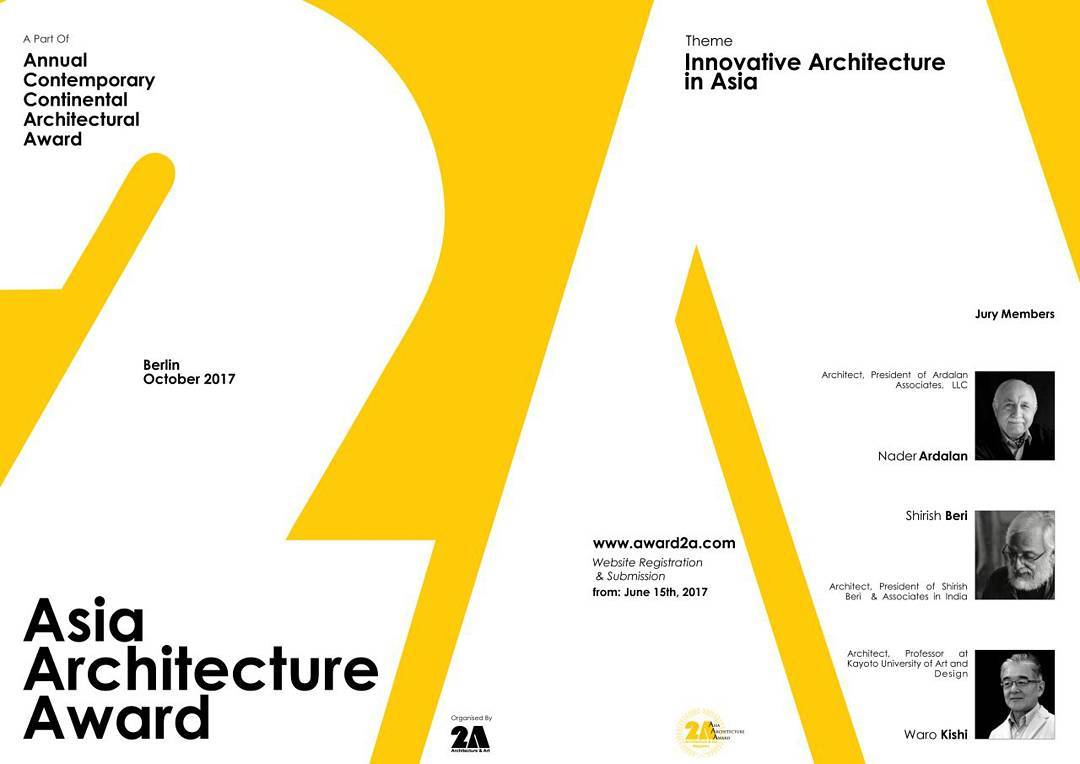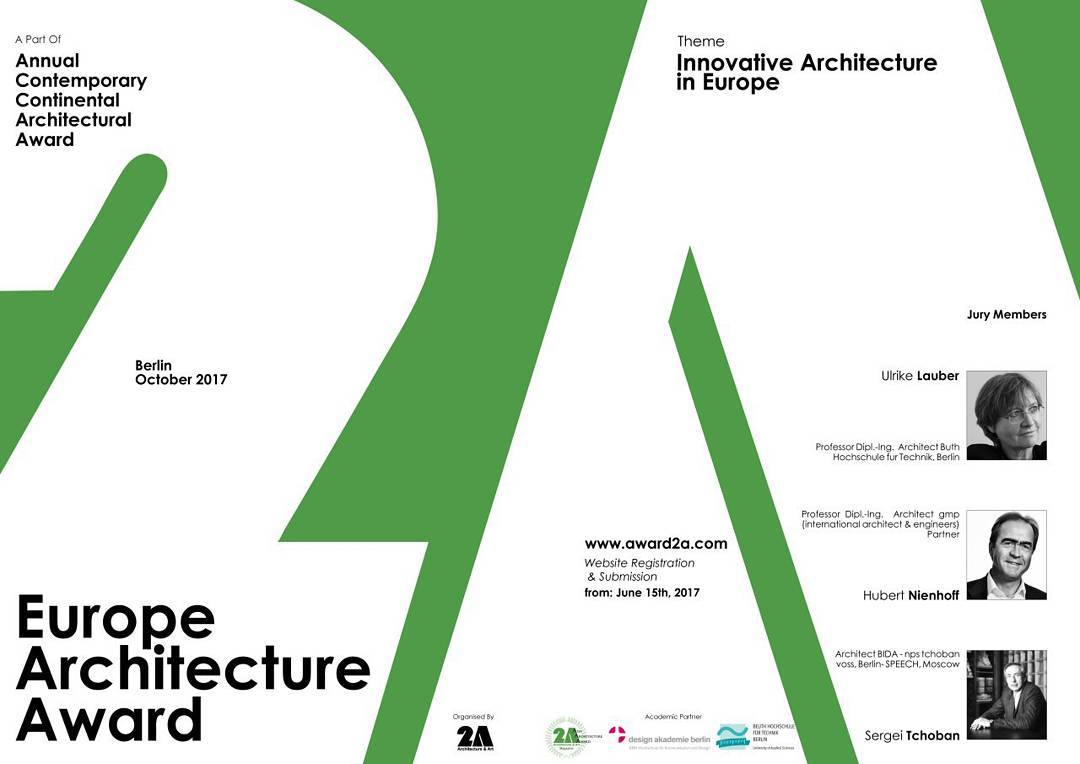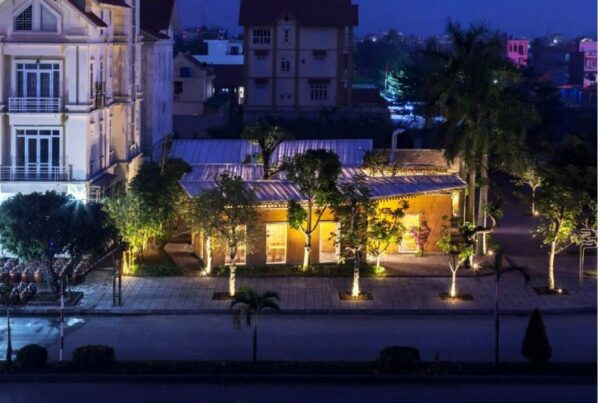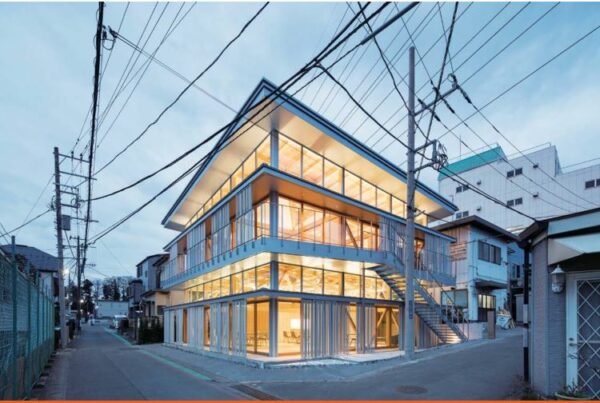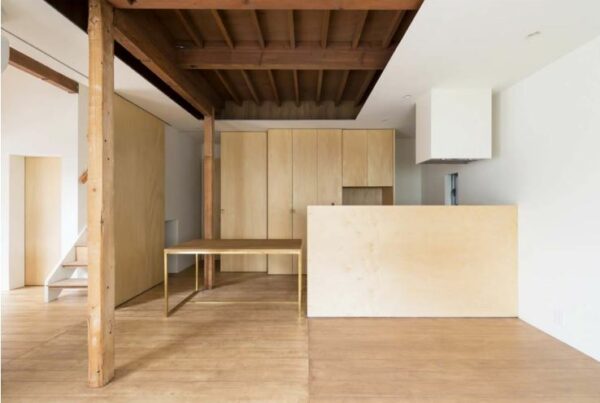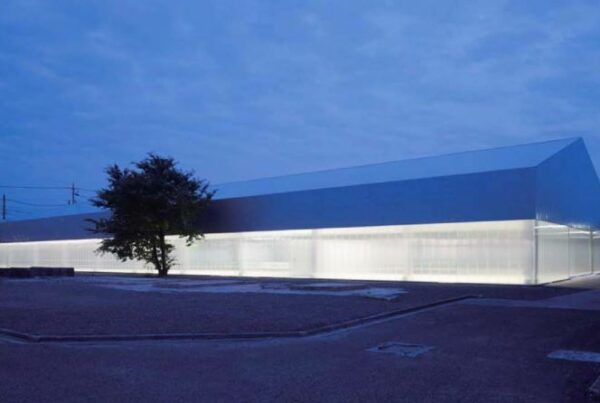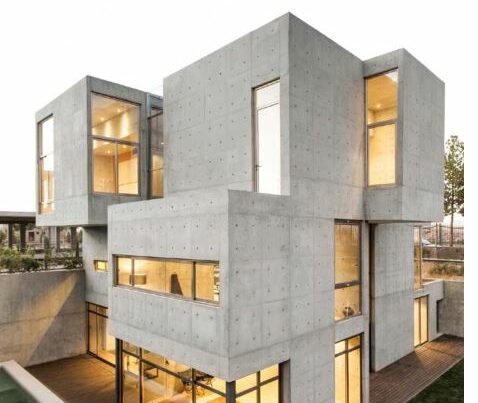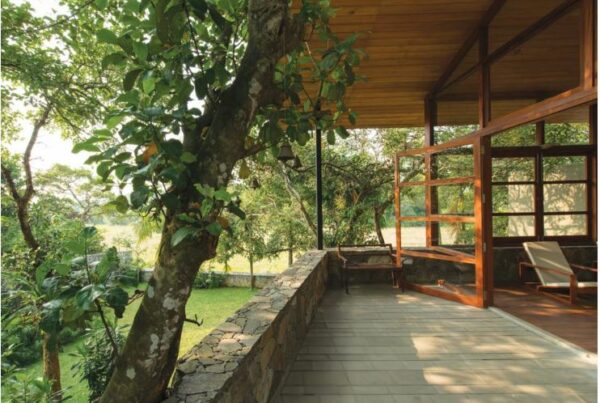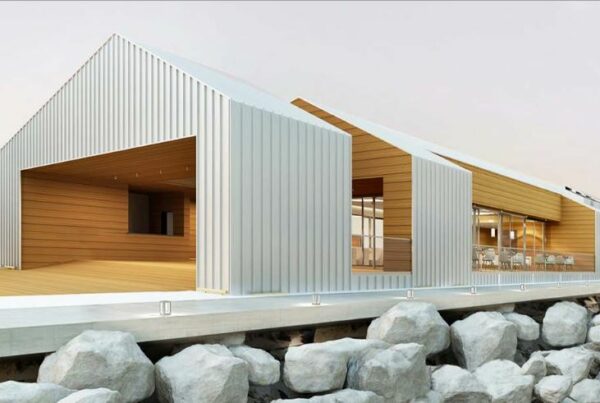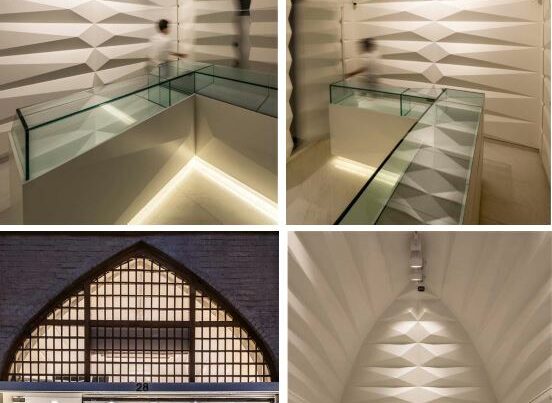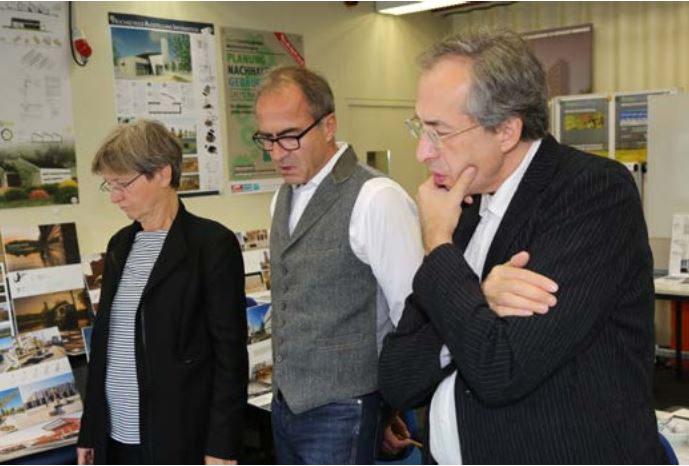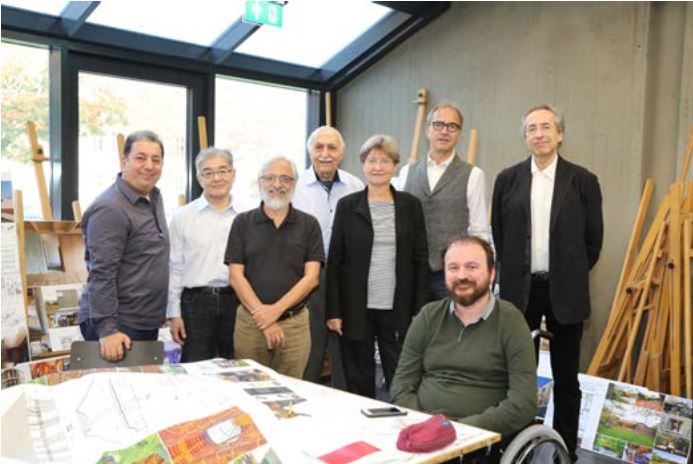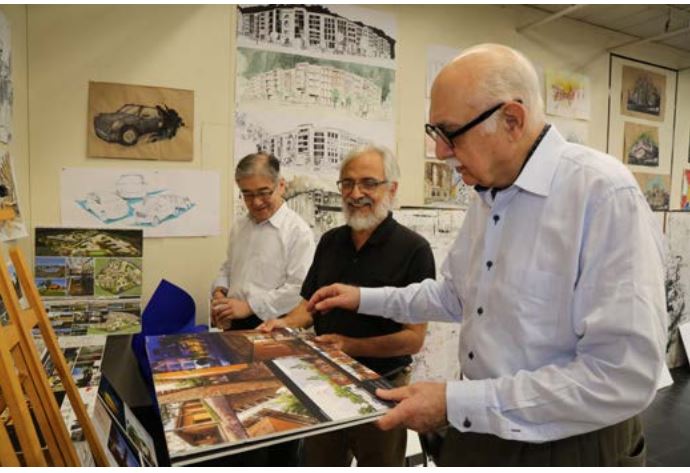2A Continental Architectural Awards for Asia & Europe 2017
The 2017 2A Continental Architectural Award was an open award for anyone in the national or international architectural community who had designed or built a project in Asia and Europe during or after the year 2010. The award announcement was published broadly in numerous architecture publications and other media outlets in order to invite individuals or groups to participate.
The theme of this year’s award was “Innovative Architecture in Asia and Europe”. Accordingly, the Award recognized an individual or group’s substantial contribution to today’s architecture in Asia in terms of contemporary challenges in the field and region, which had a lasting influence on the theory and practice of architecture.
2A Magazine, the organizer of the award, has always emphasized on unique regional distinctions, rather than global modernism in architecture and the associated extinction of cultural identity. Accordingly, this award provided a context for recognizing and highlighting the essence of architectural identity in Asia and Europe beside presenting it to an international audience.

Detailed Judging Criteria
The organizing committee set up a two-stage judging process and detailed judging criteria based on the award announcement. These were distributed to the jury members to solicit their feedback. The award criteria was also published on the website. The organizing committee developed a detailed set of guidelines for the jury members to use when evaluating projects, and distributed it to them in advance of the judgment process. In the online review, the criteria were displayed on every page. There were three sets of criteria for the seven categories of projects:
1- Criteria for all categories except interior and urban design:
-Design achievement
– Technical advancement, including engineering achievements (structural, mechanical, etc.) and innovative use of materials
– Reflection of sense of place, ecology, environmental sustainability, and cultural identity
- Social responsibility, community, and urban connectivity
– The effects of economic conditions on the project
2- Criteria for urban projects:
– Design achievement
– Contextual analysis and study
– Reflection of sense of place, ecology, environmental sustainability, and cultural identity
– Social responsibility, community, and urban connectivity
– The effects of economic conditions on the project
3- Criteria for interior projects:
– Design achievement
– Technical advancement, including engineering achievements (construction detail, structural, mechanical, etc.)
– Innovative use of materials and experimentation with new materials
– Reflection of sense of place, ecology, environmental sustainability, and cultural identity
– Social and economic responsibility
Judging Process
The award review had a two-stage process, blind review and discussion review.
Blind Review with Online Scoring
In this stage, jury members were asked to assess two PDF files and a project description for each entry, and score them based on the general goal of the prize. The purpose of the contest was to locate and highlight contemporary urban, landscape, and architectural works in Asia and Europe whose innovative characteristics epitomized the Search for Asian and European Spirit in Architecture, and who contributed to a new direction and order for the cities in these continents. Based on the judging criteria, each project could receive a score from 1 to 10. Each was reviewed and evaluated with other projects in the same category. Although the majority of the evaluation criteria were common among all categories, each category’s submissions were evaluated separately. In the end the jury members chose the candidate projects for the next stage.

Discussion Review in Berlin
In this final stage, award winners were selected based on a selective basis. All of the jury members had copies of the competition criteria and reviewed the projects accordingly. During the deliberations, selection decisions were made in several rounds and by voice vote. Each jury determined his own voting procedures. More important than the tally procedure, though, was the exchange of views taking place during the jury’s deliberations. The final decisions evolved from that dialogue.

2A Europe Architecture Award
2A magazine is pleased to announce the final winners of 2A Europe Architecture Award 2017. Under the organization of 2A magazine and presence of Ahmad Zohadi (head of organizing committee of the award) The 2017 jury, Ulrike Lauber, Hubert Nienhoff, Sergei Tchoban decided on the winners for each category in a jury panel took place Beuth Technical University Berlin.
74 projects received the accepted score in 7 categories and were invited to submit their final boards for the second stage judgment and the exhibition. At second stage, candidate projects’ printed boards were presented and discussed by the jury board on October 18, 2017 in Beuth Technica University.
The final stage judgment done by voting to the projects.
2A Asia Architecture Award 2017
The 2017 2A Continental Architectural Award was an open award for anyone in the national or international architectural community who had designed or built a project in Asia and Europe during or after the year 2010. The award announcement was published broadly in numerous architecture publications and other media outlets in order to invite individuals or groups to participate.
The theme of this year’s award was “Innovative Architecture in Asia and Europe”. Accordingly, the Award recognized an individual or group’s substantial contribution to today’s architecture in Asia in terms of contemporary challenges in the field and region, which had a lasting influence on the theory and practice of architecture.
2A Magazine, the organizer of the award, has always emphasized on unique regional distinctions, rather than global modernism in architecture and the associated extinction of cultural identity. Accordingly, this award provided a context for recognizing and highlighting the essence of architectural identity in Asia and Europe beside presenting it to an international audience.

Detailed Judging Criteria
The organizing committee set up a two-stage judging process and detailed judging criteria based on the award announcement. These were distributed to the jury members to solicit their feedback. The award criteria was also published on the website. The organizing committee developed a detailed set of guidelines for the jury members to use when evaluating projects, and distributed it to them in advance of the judgment process. In the online review, the criteria were displayed on every page. There were three sets of criteria for the seven categories of projects:
1- Criteria for all categories except interior and urban design:
-Design achievement
– Technical advancement, including engineering achievements (structural, mechanical, etc.) and innovative use of materials
– Reflection of sense of place, ecology, environmental sustainability, and cultural identity
- Social responsibility, community, and urban connectivity
– The effects of economic conditions on the project
2- Criteria for urban projects:
– Design achievement
– Contextual analysis and study
– Reflection of sense of place, ecology, environmental sustainability, and cultural identity
– Social responsibility, community, and urban connectivity
– The effects of economic conditions on the project
3- Criteria for interior projects:
– Design achievement
– Technical advancement, including engineering achievements (construction detail, structural, mechanical, etc.)
– Innovative use of materials and experimentation with new materials
– Reflection of sense of place, ecology, environmental sustainability, and cultural identity
– Social and economic responsibility
Judging Process
The award review had a two-stage process, blind review and discussion review.
Blind Review with Online Scoring
In this stage, jury members were asked to assess two PDF files and a project description for each entry, and score them based on the general goal of the prize. The purpose of the contest was to locate and highlight contemporary urban, landscape, and architectural works in Asia and Europe whose innovative characteristics epitomized the Search for Asian and European Spirit in Architecture, and who contributed to a new direction and order for the cities in these continents. Based on the judging criteria, each project could receive a score from 1 to 10. Each was reviewed and evaluated with other projects in the same category. Although the majority of the evaluation criteria were common among all categories, each category’s submissions were evaluated separately. In the end the jury members chose the candidate projects for the next stage.

Discussion Review in Berlin
In this final stage, award winners were selected based on a selective basis. All of the jury members had copies of the competition criteria and reviewed the projects accordingly. During the deliberations,
selection decisions were made in several rounds and by voice vote. Each jury determined his own voting procedures. More important than the tally procedure, though, was the exchange of views taking place during the jury’s deliberations. The final decisions evolved from that dialogue.
 Winners 2A Asia Architecture Award 2017
Winners 2A Asia Architecture Award 2017
2A magazine is pleased to announce the final winners of 2A Asia Architecture Award 2017. Under the organization of 2A magazine and presence of Ahmad Zohadi (head of organizing committee of the award) The 2017 jury, Nader Ardalan, , Waro Kishi, Shirish Beri decided on the winners for each category in a jury panel took place Beuth Technical University Berlin.
This year’s 2AAA took place in two stages. The First Stage Entry started at June 15, and with 20 days extension, closed on August 15th , 2017.
The response to the Call for the submission was very strong. Out of 457 submitted projects in seven categories. .
During August 2017, the entries from 7 categories, have been reviewed and assessed by Jury and with respect to the award main goal which is defined as:
To identify essences of Architecture in Asia and to glorify the importance of social and cultural identityand significance of spirituality along with physical aspects of architecture.
The competition sought to award individuals or teams that have demonstrated the closest idea/architecture to the main award goal with respect to defined Judging Criteria, as follows:• Design Achievement
• Contextual Analysis and Studies
• Technical Advancement
• Innovative Use of Material
• Reflection of Sense of Place and Ecology (Environmental Sustainability)
• Reflection of Cultural Identity
• Social Responsibility and Community and Urban Connectivity
• Effects of Economical Condition
157 projects received the accepted score in 7 categories and invited to submit final boards for the second stage judgment and the exhibition. At second stage, short listed printed boards were presented in and discussed by the jury board on October 18, 2017 in Beuth Technica University.
Public (Asia & Europe)

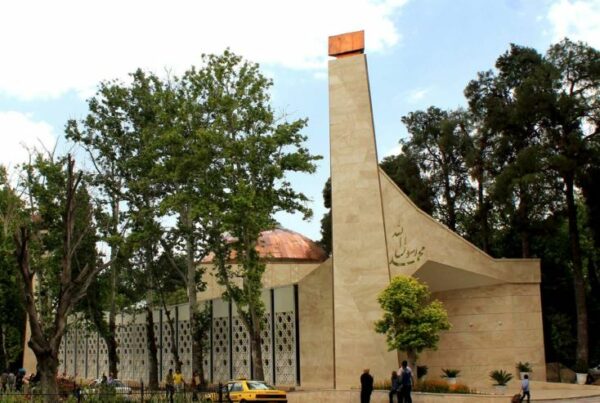
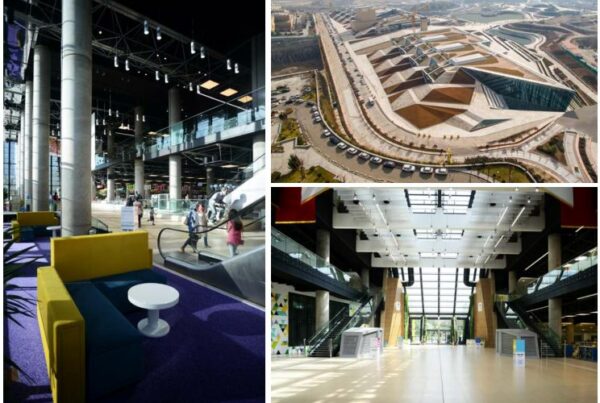
Commercial (Asia & Europe)
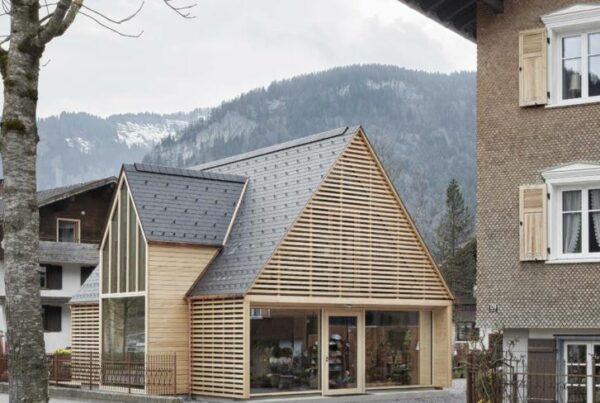

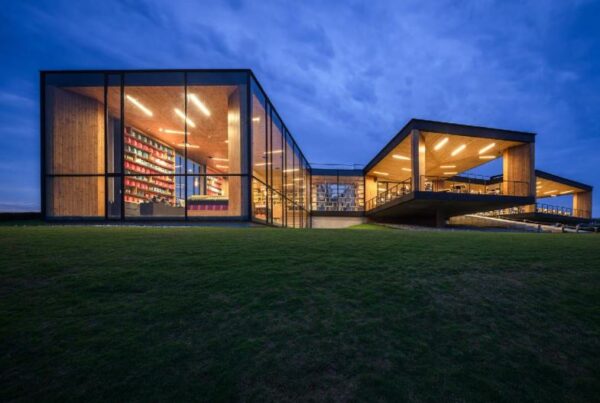
Old and New (Asia & Europe)
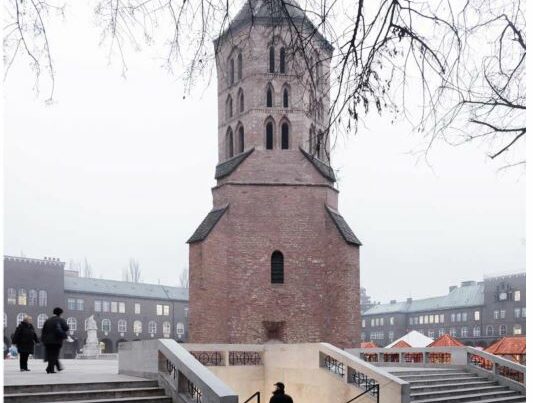
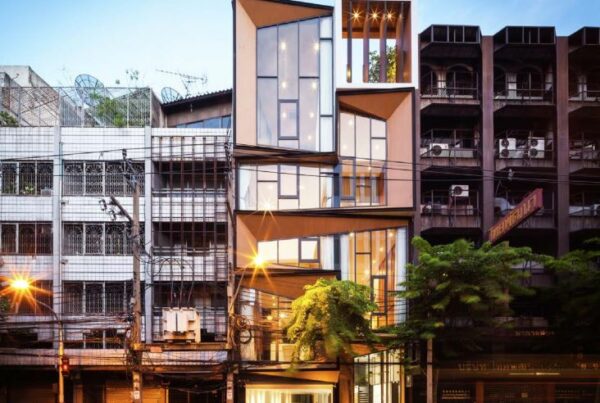
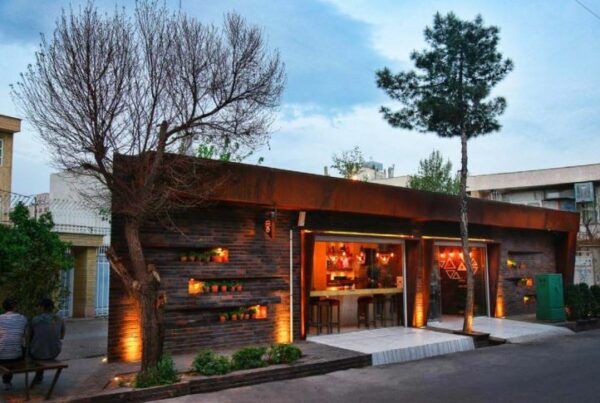
Residential (Asia & Europe)
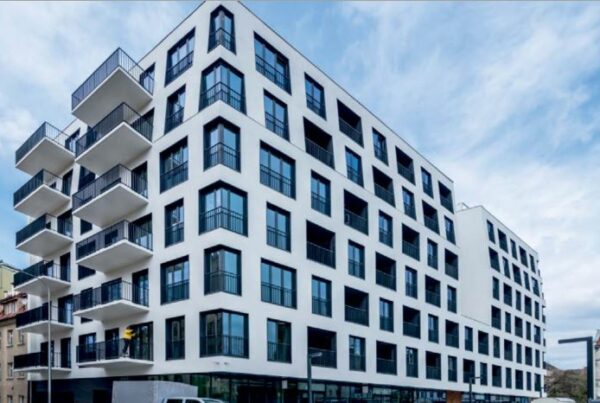
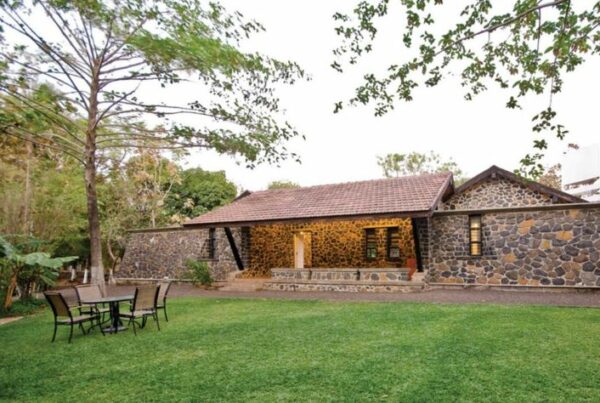
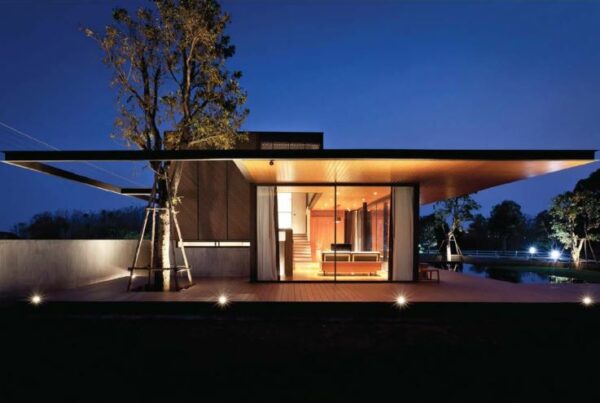
Urban, Rural Projects, Landscape & Public Spaces (Asia & Europe)
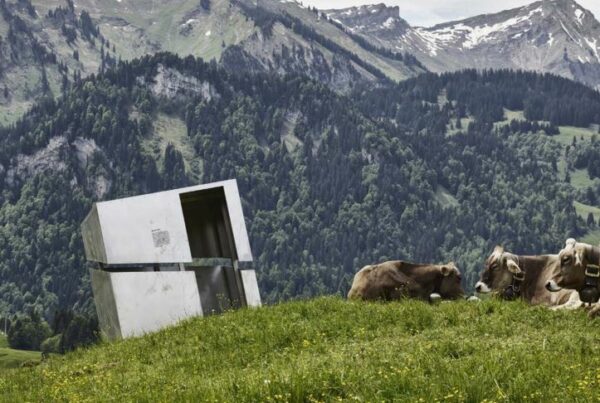

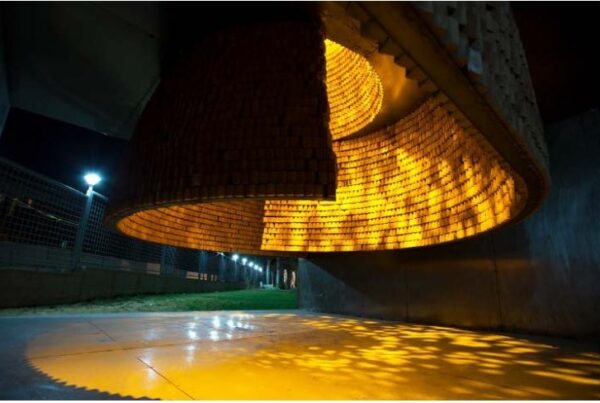
Future Projects and Innovative Designs (Asia & Europe)
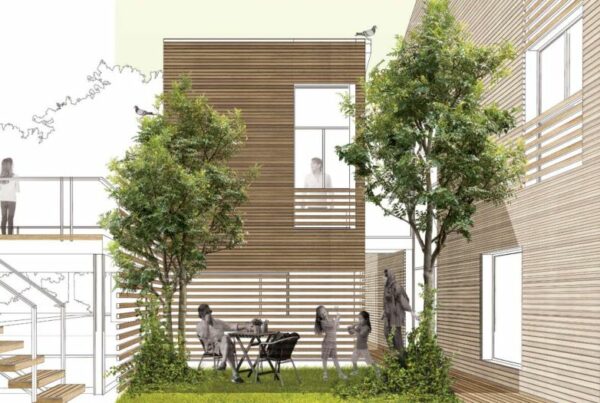
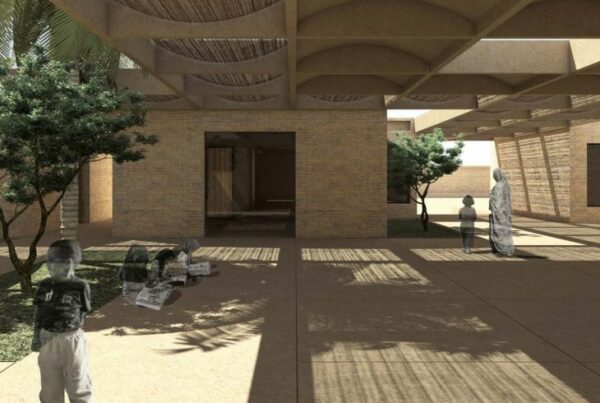
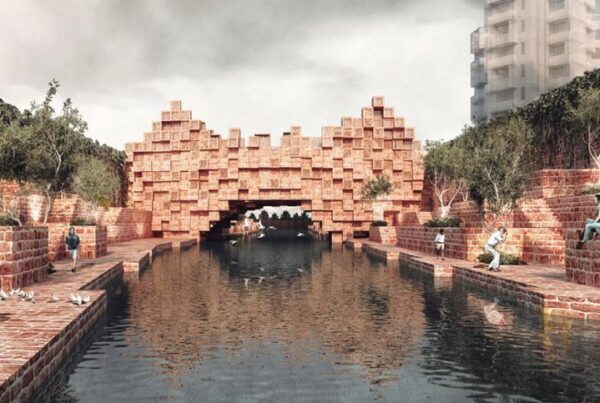
Interior Architecture (Asia & Europe)
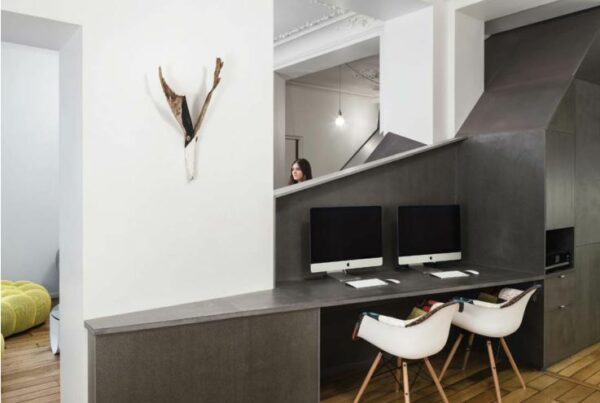


Organized by

Academic Partner

Photo Gallery
